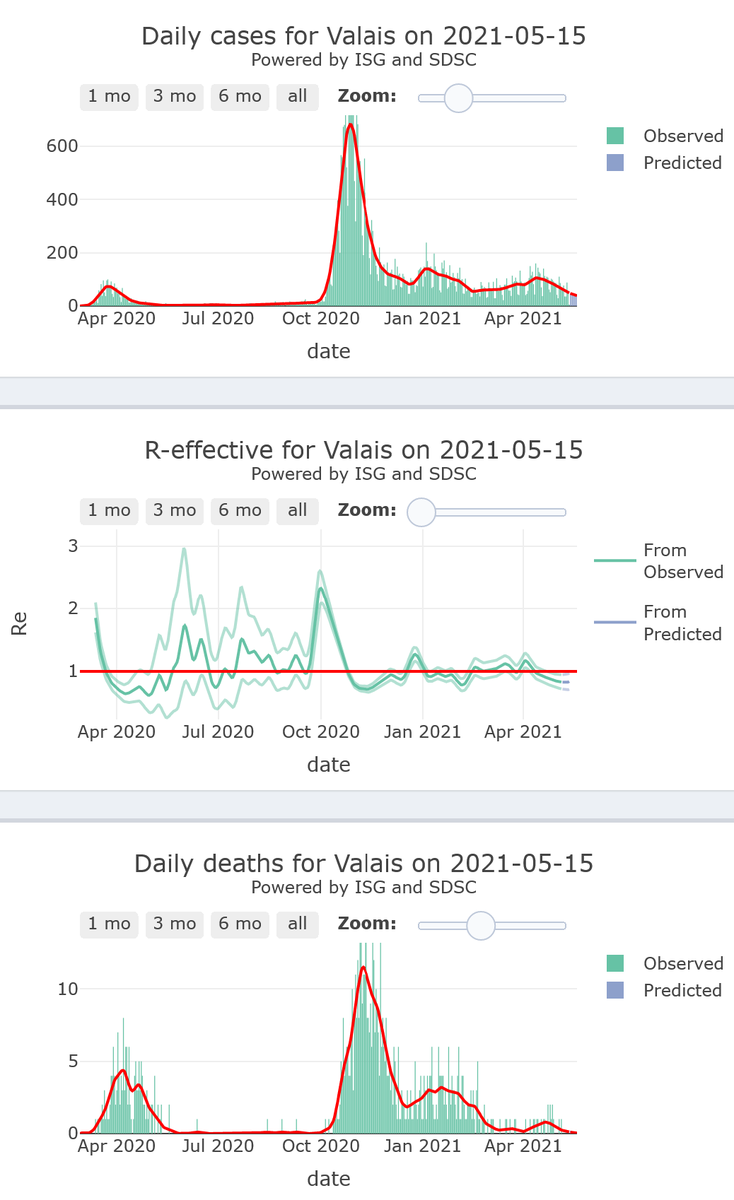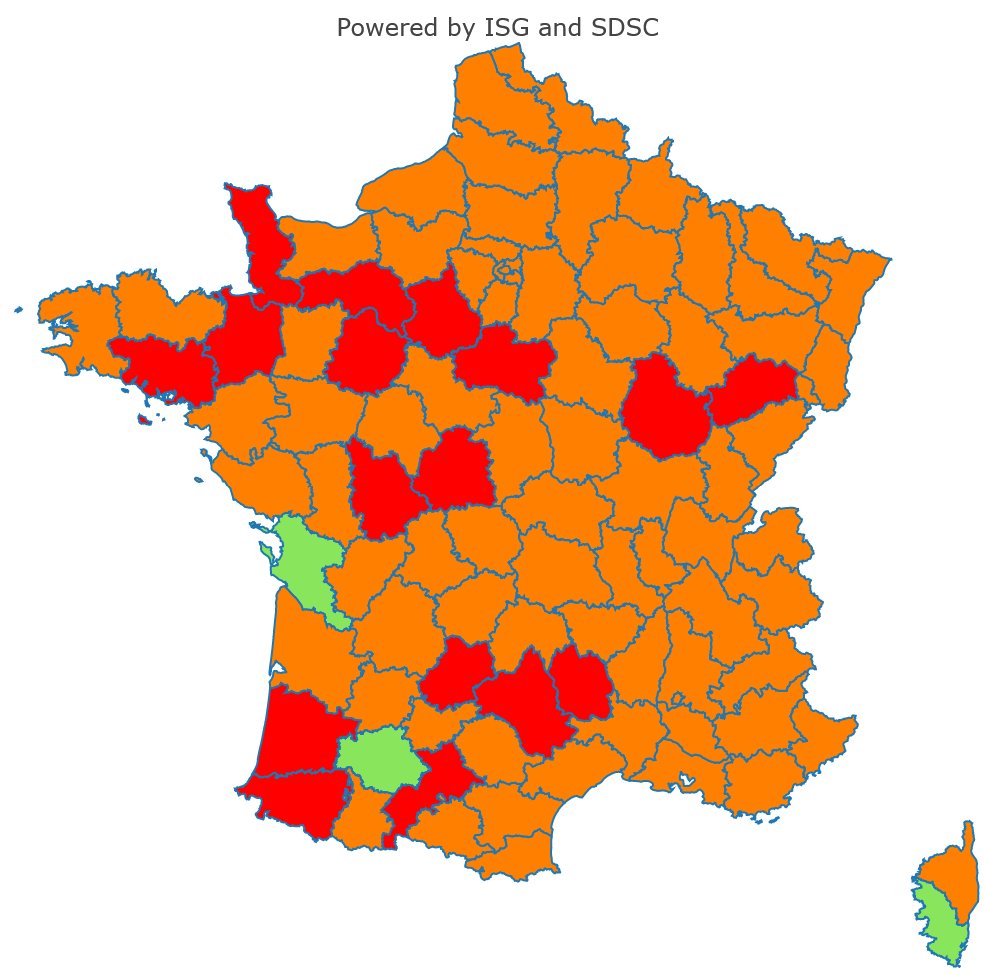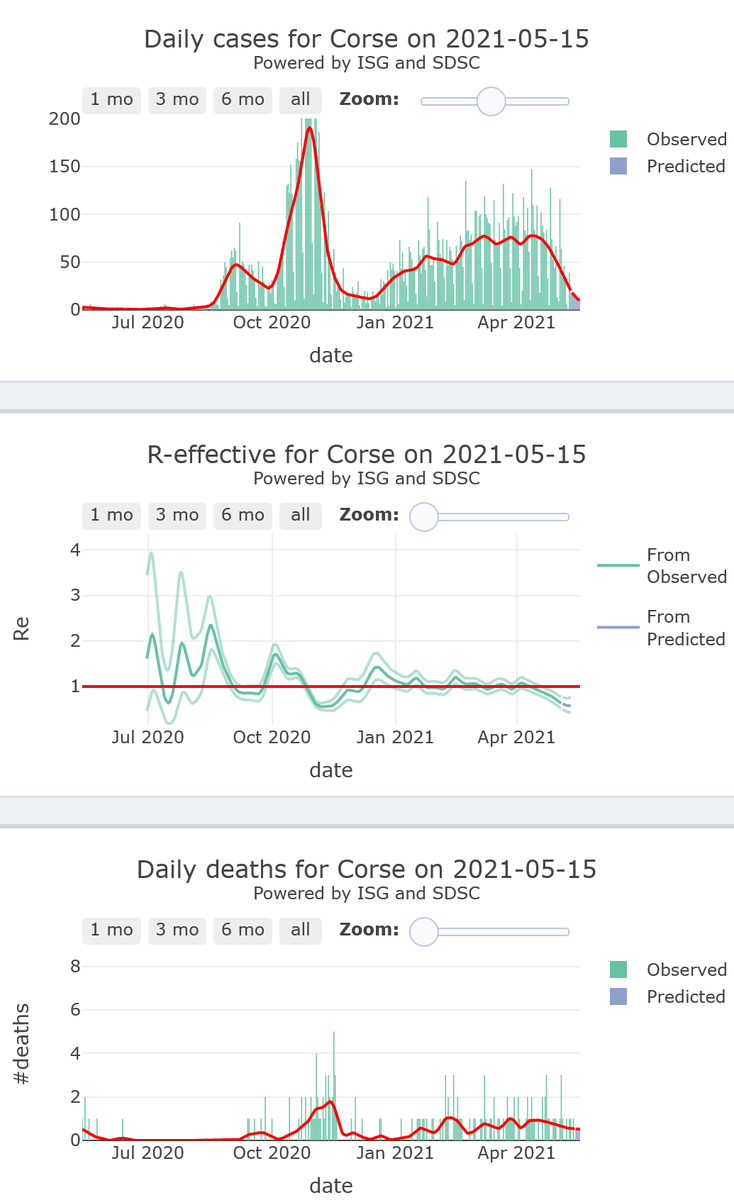
1/9 - “Public health officials in the UK are “anxious” about the swelling clusters of the variants, known as #B1617, and have announced that surge testing and enhanced contact tracing will be rolled out in hotspots where the variant had been found.”
ft.com/content/eb158a…
ft.com/content/eb158a…
2/9 - “Although the UK plans to lift all coronavirus restrictions on June 21 — the next stage of lockdown easing comes on Monday with the reopening of indoor hospitality and other relaxations — the UK’s vaccine rollout may now be adapted to try and address the spike in cases.”
3/9 - “Health officials race to adapt their plans to contain the spread of the variants. Scientists and experts in the genetic make-up of viruses are still trying to puzzle through very limited data on the characteristics of the main strain that is causing concern — B.1.617.2.”
4/9 - “Evidence does suggest that the variant is growing much more rapidly than any other imported strains, and the UK’s own “variant of concern”, B.1.1.7, when it first emerged in December.”
5/9 - “There have been 1,768 sequenced cases of B.1.617.2, according to the latest data from the #COVID19 Genomics UK Consortium. Cases are clustered around Bolton, Darwen, Bedford and London, where the number of cases associated with other strains have continued to fall.”
6/9 - “Scientists are now watching people infected with the variant like hawks to try to work out whether the variant is able to escape either natural or vaccine-induced immunity, and whether it causes more serious disease.”
7/9 - “The good news is that a growing body of scientific study does suggest that the existing vaccines are able to “neutralise” the B.1.617 family of variants, and protect against severe disease, although there may be a marginal increase in infections compared with the B.1.1.7.”
8/9 - “The decision not to place India on the UK’s red list meant that hundreds of cases were imported last month which seeded the bigger community outbreaks happening now. India was added to the UK’s red list last week.”
9/9 - “The idea of offering surge vaccinations to younger people in variant hotspots makes a lot of sense. B.1.617.2 is spreading in unvaccinated populations so it’ll be reducing transmission. Imposing harsher restrictions like localised lockdowns, will need to be a last resort.”
• • •
Missing some Tweet in this thread? You can try to
force a refresh























